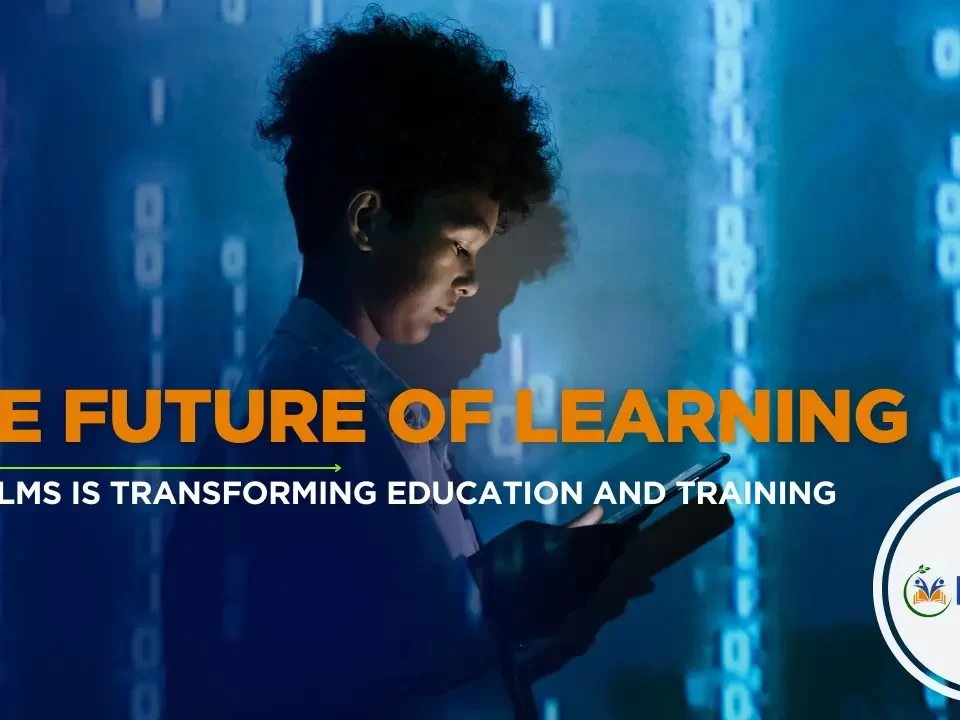Strategies to Transform Underperformance into Success
December 4, 2023AI in the Workplace and the Evolution of Meaningful Careers
December 29, 2023
A Comprehensive Guide to eLearning Standards and Course Authoring
Digital education has become the de facto mode of standard education across the world now. In this regard, creating an effective eLearning content is not just an art—it's a science. At the heart of this learning endeavor lies a critical element called SCORM (Shareable Content Object Reference Model). This comprehensive article aims to demystify this SCORM and explore its profound impact on the eLearning landscape.
In this, we'll dive into the intricate web of eLearning standards, understand the role of Learning Management Systems (LMS), grasp the importance of SCORM compliance, and explore the innovative Tin Can API (xAPI).
Understanding eLearning Standards
A standard in any industry provides a universally accepted set of guidelines or specifications that ensure consistency, interoperability, and quality facilitating seamless communication, efficiency, etc.
To embark on our journey into the realm of SCORM, we must first grasp the significance of eLearning standards. These standards are the invisible glue that holds the diverse world of online education together. They ensure compatibility and consistency, allowing educators and learners to seamlessly navigate through different courses and platforms.
SCORM: The Backbone of eLearning
At the heart of eLearning standards is SCORM, a set of technical specifications dictating how eLearning content should be created and packaged. When we talk about a "SCORM package," we refer to a neatly bundled collection of files adhering to SCORM standards. These packages are the currency of online education, ensuring that your carefully crafted content can be used across various Learning Management Systems.
SCORM tells programmers how to write their code so that it can “play well” with other eLearning software. . It is the de facto industry standard for eLearning interoperability. Specifically, SCORM governs how online learning content and Learning Management Systems (LMSs) communicate with each other.
The Role of Learning Management Systems (LMS)
Learning Management System is a platform for online education. Think of it as the virtual classroom where contents are stored, managed, and disseminated. Controlled access to the contents can be given to the users also tracking and monitoring their learning progress.
SCORM plays a pivotal role here, ensuring that the courses created in one LMS can seamlessly interact with and run on another. This interoperability is the key to providing educators and learners with flexibility and choice in their eLearning journey.
Moreover, the LMS can read or capture all the interactions that the user had done with the SCORM content, if required for the tracking or monitoring purposes.
SCORM Compliance: Ensuring Smooth Sailing
SCORM compliance is a term that holds the key to unlocking a seamless eLearning experience. SCORM compliance ensures that your eLearning content is crafted in a way that makes it universally compatible with different LMS platforms. Imagine the frustration of creating a wonderful eLearning module only to find out it behaves erratically or won't run at all on your chosen LMS. SCORM compliance eliminates this headache, guaranteeing a consistent and reliable experience for both educators and learners.
Course Authoring: Bringing Content to Life
Now that we understood the importance of SCORM, let's look at the creative process of course authoring. Course authoring is where educators breathe life into their content, transforming ideas into interactive and engaging learning experiences. Modern authoring tools have made this process more accessible, allowing educators to concentrate on pedagogy and content creation rather than grappling with intricate technical details.
Enter Tin Can API (xAPI)
As we navigate the landscape of eLearning standards, we encounter an exciting development—Tin Can API, also known as xAPI or the Experience API. While SCORM has been a stalwart in the eLearning world, xAPI brings a further breath of fresh air. Unlike SCORM, which focuses on tracking within the confines of an LMS, xAPI casts a wider net, capturing a broader range of learning experiences.
Imagine a scenario where a learner doesn't just complete a module within an LMS but also interacts with educational content on a mobile app, attends a workshop, or participates in a simulation. xAPI tracks these diverse experiences, providing a holistic view of the learner's journey. This shift from a confined LMS environment to a more expansive and flexible tracking system opens the door to personalized and adaptive learning experiences.
In the intricate world of eLearning, understanding SCORM is similar to deciphering a secret code. Armed with this knowledge, educators and content developers can navigate the digital learning landscape with confidence. By comprehending eLearning standards, recognizing the pivotal role of Learning Management Systems, prioritizing SCORM compliance, and embracing the innovative potential of Tin Can API (xAPI), we equip ourselves to create content that not only meets but exceeds the expectations of new age learners.
As the world of online education continues to evolve, staying informed about these key concepts ensures that your eLearning content remains relevant, engaging, and accessible to learners worldwide. Demystifying SCORM is not just about unravelling technicalities; it's about empowering educators to craft learning experiences that inspire, engage, and propel learners toward success in the digital age.
Checkout K-nest LMS for Employee Training.






